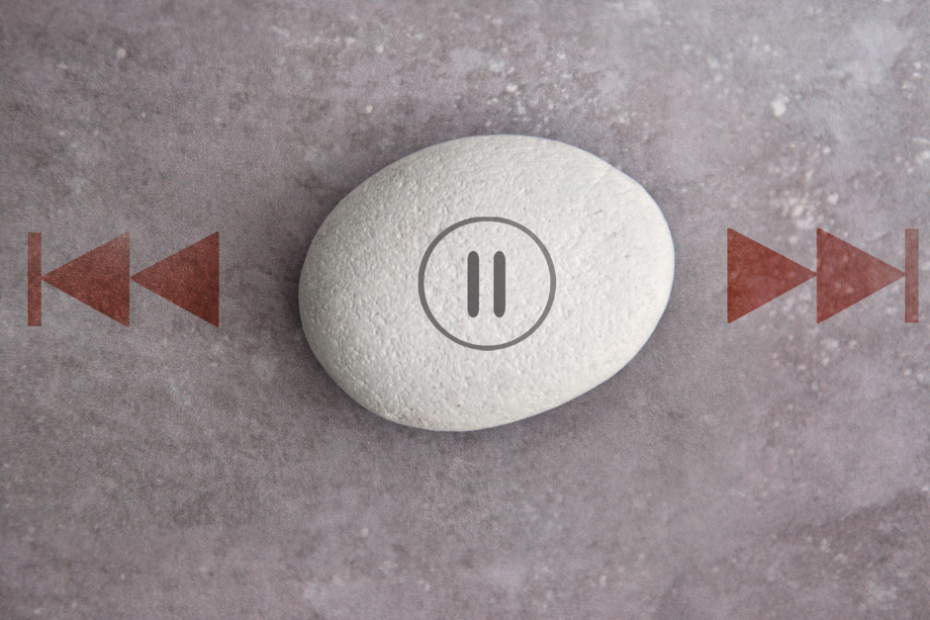When a child is struggling with learning, attention, coordination, or emotional regulation parents and teachers can feel compelled to find a solution that will “fix things” quickly. Rhythmic Movement Training (RMTi) is a powerful tool for supporting the brain and nervous system in these areas of challenge but it is not a “quick fix.”
What Is Rhythmic Movement Training?
RMTi is a developmental movement approach that uses gentle, rhythmical and repetitive movements to support the integration of primitive reflexes, improve sensory processing, and strengthen neural pathways. These movements mimic the natural patterns that infants and young children go through in early development—rolling, rocking, and rhythmic swaying—which are essential for building the foundations of motor control, balance, and learning.
By revisiting these early movement patterns, RMTi aims to “fill in the gaps” in a person’s neurological development, supporting areas such as focus, coordination, reading, emotional regulation, and more.
The Brain Learns and Changes Gradually
RMTi works by strengthening connections into the higher levels of the brain, moving control from the brainstem level where reflexes reside to the cortex where voluntary actions and executive function reside. RMTi works with neuroplasticity—the ability to form new neural connections and reorganise itself. This is not an overnight process.
Just as it takes months for a baby to progress from rolling to crawling to walking, the brain requires time, repetition, and consistency to develop new patterns of movement and response.
When this process of reflex integration plays out spontaneously and uninterrupted, it begins at 5 weeks’ gestation right through to 12 months after birth with some reflexes remaining active until 2-3 years of age once upright mobility is well established. It is therefore not unusual to need to continue RMTi for 12 months or more to see deep transformation. This is not to say, you won’t see changes much earlier, many people notice things shifting with calmer behaviour, neater handwriting, or better focus within 2-4 weeks after beginning, however, being prepared for a longer commitment allows the permanence of those changes to be made so that we don’t see regression when illness or stress is added to the nervous system.
The Power of the Pause
In RMTi, a lot is made of the pause. When the body loses rhythm with the movements, or exhibits other signs of overwhelm, we pause. Sometimes this pause is for a few seconds, sometimes for a day, a few days or a week! In RMTi we work with the individual, meaning every person’s program will look different.
It is during the pause that the integration happens.
If you think, again, of an infant. They do not engage in movement non-stop throughout their day. They move. They pause. They may move again. They sleep. They move. If we are to go back and replicate this stage of development, then we must respect when it is time to pause.
Many functional neurological programs will work at an intensive pace and push through and ignore the biological signs of when it is time to let the nervous system rest.
With RMTi, a foundation principle is that a stressed system cannot learn a new way of being. We must work carefully with an individual, at their point of success being careful always not to push or overwhelm. It is gentle, flexible and adaptable for every body.
Does a long time mean lots of appointments?
No. What I love most about RMTi is that it is cost-effective. RMTi sessions are about teaching the caregiver the movements to continue with at home. Then, when ready for more, we meet again and progress the program. To begin, it will be just a few seconds of input at home through the week progressing to never more than 15 mins after many months of RMTi.
It is not prescriptive. It is not rigid. There are NO lock-in contracts, upfront payments or blocks of intensive therapy.
Indeed, intensive therapy would be against the premise of RMTi, that less is more and that we must pause to allow integration to occur.
We work session by session at the client or family’s pace.
Building a Foundation, Not Just a Skill
A helpful way to think about RMTi is to compare it to building a house. Skills like reading, writing, and emotional regulation are like the walls and roof. Reflex integration and sensory-motor maturity are the foundation. If the foundation is unstable, the structure above will be shaky, no matter how much you patch the cracks.
RMTi works on strengthening that foundation. It may not look dramatic at first—just like pouring concrete doesn’t make a house appear instantly—but it’s essential for long-term stability.
What to Expect in the RMTi Journey
- Early changes: Some people notice improvements in mood, focus, or coordination within weeks.
- Plateaus: Progress may seem to pause at times—this is a normal part of brain adaptation and integration.
- Deeper changes: With ongoing practice, improvements become more stable and extend to more areas of life.
- Long-term resilience: Greater levels of integrated reflexes and strengthened neural pathways support lasting gains, even during stress or growth.
The Long Game
RMTi is not about quick wins—it’s about building a strong, lasting foundation for movement, learning, and emotional wellbeing. It takes time for the brain and body to reorganise and integrate early movement patterns.
For families, therapists, and educators, this means shifting the focus from “How fast will we see results?” to “How deeply can we create change?” When RMTi is approached with patience, consistency, and realistic expectations, the results are not just improvements—they are transformations that last.
